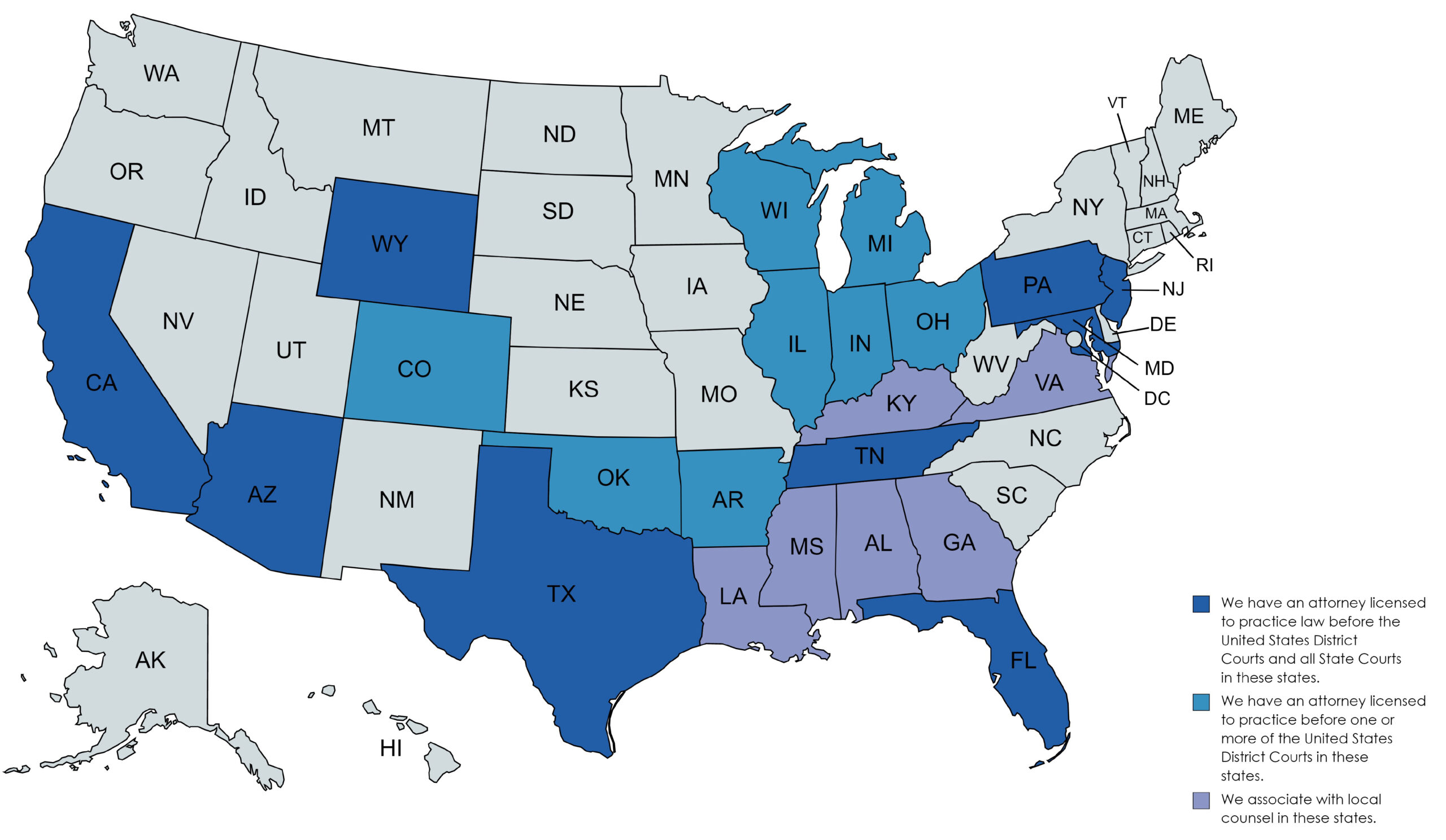Bankruptcy – Chapter 7
Free Consultation Available
🧾 Chapter 7 Bankruptcy – A Fresh Start
Chapter 7 is the most common form of bankruptcy and is often referred to as a “straight bankruptcy” or “liquidation bankruptcy.” It allows you to eliminate many types of unsecured debts quickly and permanently.
✅ You may qualify for Chapter 7 if:
You have mostly unsecured debt (like credit cards, medical bills, personal loans)
You have little to no disposable income after paying essential living expenses
You pass the means test (which compares your income to the state median)
💸 Debts That Can Be Discharged:
Credit card balances
Medical bills
Utility bills
Payday loans
Personal loans
Certain old tax debts
Deficiencies from car repossessions
🛡️ What Chapter 7 Protects You From:
Lawsuits and wage garnishments
Collection calls and letters
Utility shut-offs
Foreclosure or eviction (temporarily)
🏠 What You Can Keep:
Many people who file for Chapter 7 keep all their property. Exemptions allow you to retain essentials like your home, car, clothing, household goods, and retirement accounts.
We’ll help you assess whether Chapter 7 is the right solution—and make sure your property is protected.
TYPICAL CHAPTER 7 BANKRUPTCY JOURNEY
Typical milestones for an individual (consumer) Chapter 7 bankruptcy. Dates are approximate—every case is a little different.
| When? | What Happens | What You Need to Do |
|---|---|---|
| Up to 6 months BEFORE filing | Credit-counseling class (60-–90 minutes). Must be taken within 180 days of filing. | Complete the course online, by phone, or in person. Save (or download) the completion certificate—your lawyer files it with the court. |
| Day 1 – Filing Day | • Your lawyer files the bankruptcy petition and pays the filing fee. • Automatic stay starts—most collection, wage-garnishment, and lawsuit activity stops. • A Chapter 7 trustee is assigned. | Give your attorney current pay stubs, bank statements, and a list of all debts, assets, and monthly expenses. |
| Days 1-14 | • Court mails an official “Notice of Case & 341 Meeting” to you and all creditors. • All financial schedules & statements (lists of what you own and owe) must be filed if they weren’t filed with the petition. | Review the court notice for your 341 date; gather photo ID and Social Security card. |
| ~30 days after filing | 341 Meeting of Creditors (usually 5-10 minutes; no judge present). The trustee confirms your identity and asks basic questions about your finances. | Attend the meeting (in person, by phone, or video—ask your lawyer). Bring required IDs and any documents the trustee requested. |
| Within 30 days of the 341 Meeting | • Statement of Intention deadline— you tell secured creditors (car/lender) whether you’ll keep, redeem, or surrender collateral. • If keeping the collateral, you generally sign a reaffirmation agreement or redeem the property within the next 30 days. | Decide—with your attorney—how you’ll handle cars, furniture loans, etc., and sign any reaffirmation agreements. |
| Within 60 days of the 341 Meeting | 1. Finish a Financial-Management (Debtor-Education) Course and file the completion certificate. 2. Last day for creditors or the U.S. Trustee to object to your discharge in most cases. 3. Deadline for the U.S. Trustee to seek dismissal for “abuse” under the means test. | Take the second (post-filing) class and give your lawyer the certificate right away. |
| About 3-4 months after filing | Discharge Order arrives by mail/email. Qualifying debts (credit cards, medical bills, personal loans, etc.) are legally wiped out. | Keep the discharge papers in a safe place—they prove those debts are gone. |
| 4-6 months after filing (no-asset case) | Case closed. If the trustee did not find any non-exempt property to sell, administration ends soon after discharge. | You’re finished! Start rebuilding credit and follow any budgeting tips from your counseling courses. |
| 12-18 months+ (asset case) | If the trustee sells non-exempt property, distributions to creditors and final paperwork can extend the case before closing. | Cooperate with any requests from the trustee until you get the final “case closed” notice. |
Quick Tips for a Smooth Case
Be honest & thorough. List every asset and debt—even items you plan to keep.
Open all court mail. Deadlines move quickly; give any notices to your lawyer right away.
Stay current on secured payments (car/house) if you plan to keep the property.
Avoid new debt or large financial moves until your case is closed.
Ask questions. Your attorney and trustee want the process to be transparent and efficient.
Reminder: This timeline covers the typical consumer Chapter 7. Business cases or unusual circumstances can change the schedule. Always rely on your attorney for date-specific advice in your jurisdiction.



